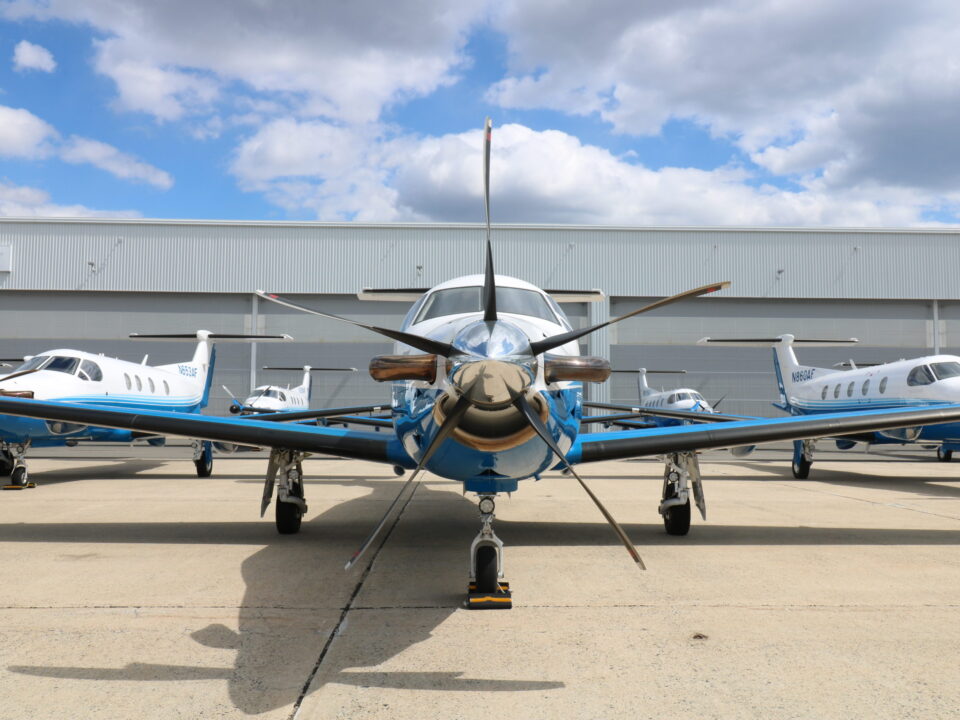There are many benefits that come from joining a fractional aircraft program, however navigating the maze of Federal Aviation Regulations (FARs) that apply to your flight operations can be quite a challenge. The Federal Aviation Administration (FAA) has two primary regulations that apply to fractional aircraft programs: Part 91, Subpart K and Part 135. Although these regulations are similar, here are some key differences that you should be aware of when determining the appropriate operating structure for your aircraft.
FAR Part 91k and Part 135
FAA Regulation Part 91 is the section of the Federal Aviation Regulations that defines the general operating and flight rules for a private aircraft. Part 91, Subpart K is the section that directly applies to fractional ownership, like the PlaneSense® program.
FAA Regulation Part 135 is the set of commercial operating rules that are applied for charter companies, regional airlines, and commercial flight activity. To obtain a Part 135 certificate, operators must meet several stringent requirements set out by the FAA. These requirements are in place to ensure that Part 135 operations are conducted safely and in accordance with the highest standards.
Operational Control
One of the main distinctions between Part 91k and Part 135 lies in who has operational control of the aircraft. Operational control refers to the level of authority an operator has over initiating, conducting, or terminating a flight. The individual in operational control of the flight also assumes the operational liability risk associated with operating the aircraft. Under Part 91k rules, operational control belongs to the individual that requested the flight. Under Part 135 rules, operational control belongs to the flight operator or carrier.
Weather
The most significant operational differences between Part 91k and Part 135 relate to weather minimum requirements for takeoff and landing. Flights filed under Part 135 can depart only if the weather forecast is above IFR (Instrument Flight Rules) landing minimums at the destination airport at the estimated time of arrival. Conversely, Part 91k has no departure restrictions regarding the weather forecast at the destination airport. This is particularly relevant to PlaneSense® program share owners who frequently travel to unpredictable weather locations, such as southern Florida where thunderstorms are common or coastal New England (Cape Cod, Nantucket, Martha’s Vineyard) where fog occurs frequently.
Take for example a flight from New York to Martha’s Vineyard. Before departure, the flight crew finds that the forecasted weather report at Martha’s Vineyard is below IFR landing minimums due to fog and low ceilings. Under Part 135, the crew must wait to depart until the forecast at Martha’s Vineyard improves above landing minimum requirements or designate an alternate airport. Under Part 91k, the crew may depart as scheduled and hope that the weather improves by the time of arrival. However, if the forecast does not improve by the time of arrival, the crew is permitted to execute a “look-see” approach above Martha’s Vineyard airport to determine if there’s an area to break through and land safely. So called “look-see” approaches are not permitted under Part 135.
It’s important to note, however, that despite the difference in weather minimums, the PlaneSense® program operates with safety as its highest priority and never compromises the safety of passengers, the crew, or the aircraft no matter whether they’re flying under Part 135 or 91.
Cost Reimbursement
If you often fly for leisure or frequently invite guests on your aircraft, you may be wondering how to permissibly accept reimbursement for a flight or have other parties compensate you for a flight. There are a few scenarios under which a flight may be required to operate under Part 135 rather than Part 91k, such as when compensation is involved.
The FAA requires fractional owners to operate under Part 135 when an aircraft is transporting passengers or property in exchange for any form of compensation. The compensation doesn’t have to take the form of money; any benefit conferred will be sufficient. While most fractional flights are subject to Part 91k rules, cost reimbursement is prohibited under Part 91k. Therefore, if you invite guests to fly on your aircraft and intend to charge them for the cost of the flight, you must conduct that flight under Part 135.
The FAA construes compensation very broadly and has some exceptions to this rule, so it’s best to communicate with your flight provider when booking a flight that involves any compensation, as they can help determine if Part 135 will be the appropriate operating structure for your aircraft.
Minimal Fractional Ownership Interest
Fractional flights are typically flown under Part 91k unless the owner’s operations dictates that they operate under Part 135. For example, the company may request a share that does not meet the minimum share size requirement. Under part 91k, where no share size can be less than a 1/16. Some companies prefer to fly 135 due to their insurance requirements or other factors.
Safety
Regardless of the flight regulations you are flying under, the PlaneSense® program does not compromise safety no matter what. PlaneSense® has achieved the ARGUS Platinum Elite Rating and is a registered company with the International Standard for Business Aircraft Operations (IS-BAO). The successful completion of these audits confirms the positive safety culture, alignment with industry best-practices, and commitment to continuous improvement of the company.
Overall, there are numerous factors to consider when determining the appropriate operating structure for your aircraft. Deciding which FAR to use is based on each individual’s unique travel needs and operational circumstances. With that said, it is ultimately up to you to choose which option fits your needs most effectively. Whether you are flying under Part 91k or Part 135, PlaneSense® share owners can rest assured that their safety is the company’s number one priority.







